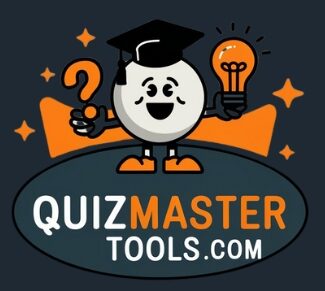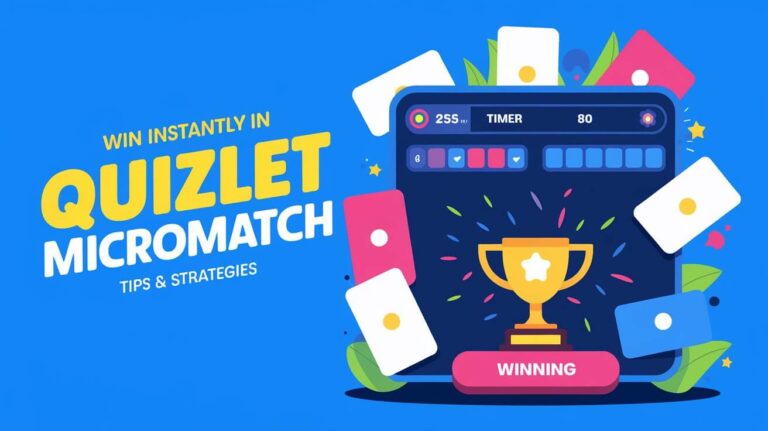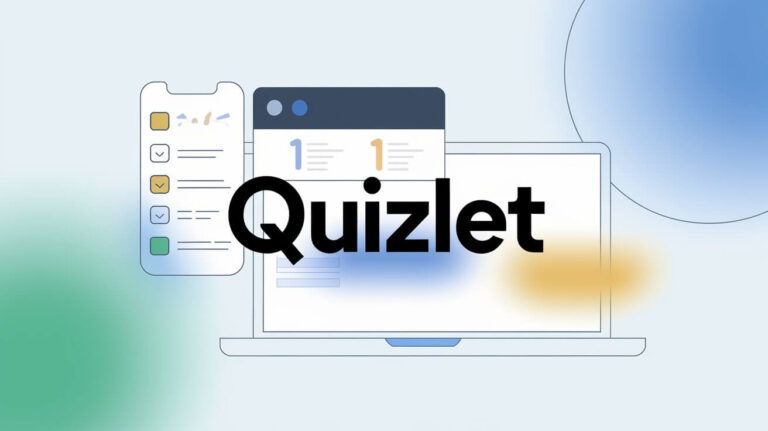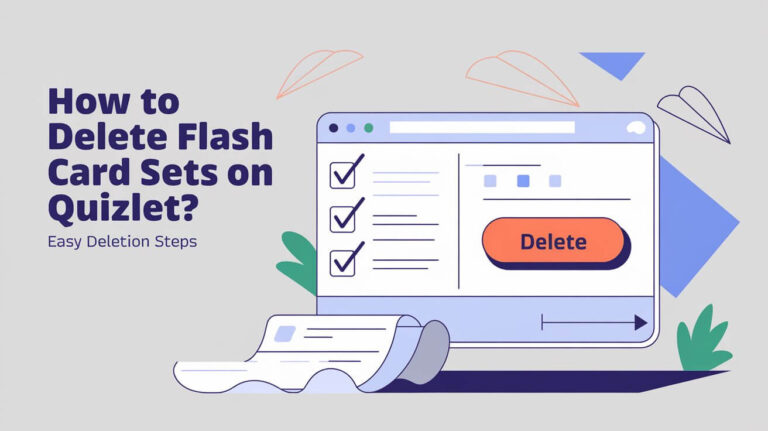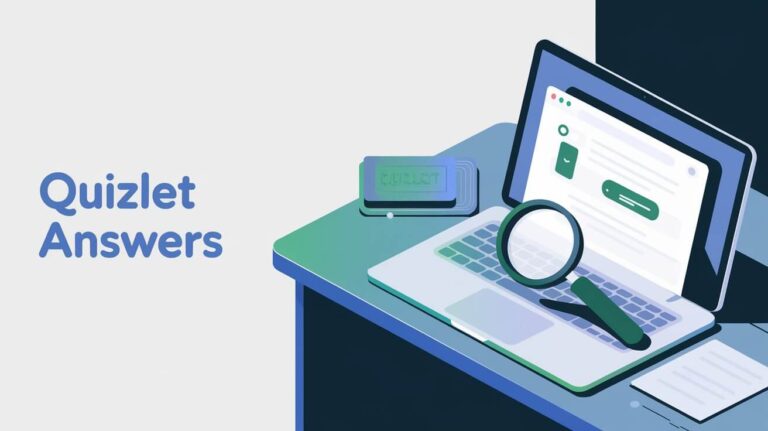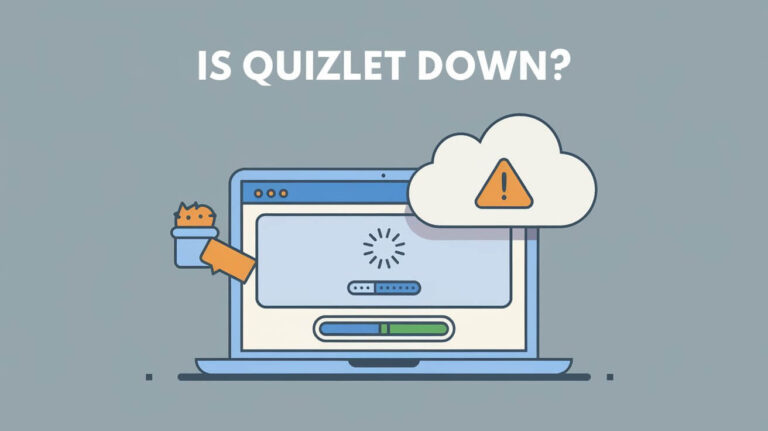Why Is Quizlet So Greedy? Examining Its Business Model
Quizlet, a well-known education platform, has changed a lot in recent years. It now focuses more on its premium model. With 60 million people using it every month, it’s a key study tool for many students.
But, the introduction of Quizlet premium has upset many users. They don’t like the extra costs. The yearly subscription for Quizlet Plus is $35.99, which can be hard for students who are already struggling financially.
Quizlet was meant to be free for students. But after reaching a $1 billion valuation in May 2020, it started to focus more on making money. It removed features like Gravity mode and limited free modes to just two – Flashcard and Match modes.
This has upset many users. Two out of three high school students in America use Quizlet. These changes affect not just students but also how accessible the platform is.
Transformation of Quizlet’s Business Model
Quizlet, a well-known online learning platform, has seen big changes in its business model. The move to subscription models has raised worries about making learning accessible. As online learning grows, it’s key to understand how these changes affect users.
The company introduced premium features and put limits on free services. This change aimed to boost revenue through subscriptions. But, it has made the experience less for those who don’t pay. This has led to debates about making money versus keeping learning accessible.
Key Milestones in Quizlet’s Transformation
- Introduction of premium features, such as ad-free studying and offline access
- Limitations on free services, including restricted access to study materials
- Expansion of subscription models, with different prices for individuals and institutions
As Quizlet keeps changing, it’s important to think about its business model’s impact. Understanding the company’s strategy and its effects on users helps us navigate online education’s changing world.
| Year | Event | Impact on Users |
|---|---|---|
| 2018 | Introduction of premium features | Restricted access to study materials for non-paying users |
| 2020 | Expansion of subscription models | Increased revenue for Quizlet, but limited accessibility for some users |
Recent Price Hikes and Premium Features
Quizlet Plus has introduced new premium features, sparking discussions about its pricing strategy. The recent price hikes have raised concerns among students and educators. They are questioning the value of these educational resources.
With the updated pricing, Quizlet Plus aims to offer enhanced study tools and exclusive content. This move is to improve the learning experience for users.
Some of the key features of Quizlet Plus include:
- Ad-free studying
- Offline access
- Image and audio questions
- Customizable study sets
These features aim to enhance the learning experience. But, the question is whether they justify the increased cost. Users are comparing Quizlet Plus with other educational resources available.
A comparison of Quizlet Plus with other study platforms shows different pricing strategies and offerings. The following table summarizes some of the key differences:
| Platform | Pricing | Features |
|---|---|---|
| Quizlet Plus | $19.99/month | Ad-free, offline access, image and audio questions |
| Alternative Platform 1 | $9.99/month | Ad-free, offline access |
| Alternative Platform 2 | $14.99/month | Ad-free, offline access, image questions |
As users weigh their options, they seek the best value for their money. The pricing strategy of Quizlet Plus will be key in determining its competitiveness in the market for educational resources.
Why Is Quizlet So Greedy: User Perspectives
Users are worried about Quizlet’s new premium model. They see it as corporate greed in education. The change to a paid model has sparked a big debate in the educational community. Many feel it’s unfair and puts profits over people.
People say the premium features aren’t worth the money. Some feel forced to pay for the premium, only to find it’s not as helpful as expected. This has caused frustration and disappointment among users.
Student Complaints and Feedback
Students are hit hard by these changes because they’re on a tight budget. They’re unhappy with the new prices, seeing it as corporate greed in education. Some are looking for cheaper study platforms.
Community Response
The educational community is speaking out, sharing their thoughts on social media. Some have started petitions to change Quizlet’s pricing. The community wants a platform that’s more affordable for everyone.
| Feature | Free Version | Premium Version |
|---|---|---|
| Study Modes | Limited | Unlimited |
| Content Creation | Basic | Advanced |
| Support | Limited | Prioritized |
The debate shows that user feedback is key to Quizlet’s future. The platform needs to listen to its users and find a balance. Only then can it regain trust and serve students and educators well.
Premium Paywall Strategy
Quizlet’s paywall strategy has changed how users see the platform. Now, 84% of reviews give it 1 star. This drop in satisfaction comes from making 50% of study tools only available with a subscription.
The paywall mainly affects basic tools like the “learn” feature. This feature was once free but now costs money. Users are upset because they can only use it for 20% before hitting the paywall. This has made the platform less useful and less satisfying.
Some important stats show how the paywall has affected users:
- 6% of reviews rated the platform at 2 stars
- 2% of reviews rated the platform at 3 stars
- 3% of reviews rated the platform at 4 stars
- 5% of reviews rated the platform at 5 stars
The cost of Quizlet Plus is about $48 a year. This is a big expense for students who don’t have a steady income. Many are looking for other online learning platforms that are more accessible.
| Feature | Previous Accessibility | Current Accessibility |
|---|---|---|
| Learn Feature | Free | Limited to 5 rounds before requiring payment |
| Study Tools | Free | 50% of features hidden behind a paywall |
Paywall has made users unhappy and frustrated. Many say it’s hard to access study tools. This has hurt Quizlet’s reputation, with some calling it “absolutely useless” because of the paywall.
Revenue Generation Tactics
Quizlet’s success comes from its many ways to make money. It uses ads, subscriptions, and selling data. These methods help it make a lot of money and grow in the educational tech world. With its smart business plans, Quizlet keeps adding new features and tools.
The company makes money in a way that doesn’t bother users too much. For example, it offers different subscriptions. These give users extra features and content. Quizlet also shows ads that are not too annoying and are actually helpful to users.
Key Revenue Streams
- Advertising: Quizlet makes money from ads on its site and app.
- Subscription models: It offers subscriptions for extra features and content.
- Data monetization: Quizlet uses data to improve its services and make money.
Having many ways to make money, Quizlet has become a top name in educational tech. Its focus on making money helps it keep adding new stuff. This way, it can offer high-quality learning tools to its users. As Quizlet grows, its money-making strategies will be even more important. Its smart use of money-making ideas and tech has helped it succeed while keeping users happy.
Market Competition Analysis
The educational platforms market is very competitive. Many players are trying to get a bigger share. Quizlet is one of them, facing competition from both established and new platforms. It’s important to look at how different platforms meet the needs of students and teachers.
Coursera, Udemy, and Khan Academy are some big names in this field. They offer a variety of online learning tools, like video courses and interactive exercises. They also make their content affordable or free. Quizlet, on the other hand, focuses on premium content for its paid subscribers.
Several factors affect the competition in educational platforms:
- Quality and variety of content
- Pricing and how easy it is to access
- How easy it is to use the platform
- How well it works with other educational systems
As online learning changes, platforms must keep up with what users want. Quizlet can improve by studying its competitors. This way, it can offer better online learning tools to its users. Looking at the competition shows the need for a balance between making money and keeping learning accessible.
Impact on Academic Accessibility
Quizlet’s move to a premium model has big effects on how students learn. It adds costs to using top features, which might make learning harder for some. With most U.S. high school students using Quizlet, this change is very important.
The digital divide is getting worse. Poorer students might not be able to pay for subscriptions. This means they could miss out on important learning tools. Only a few students have jobs or credit cards to pay for these tools.
Some important stats show how Quizlet’s premium model affects learning:
- 23.5% of students said they studied less after the Quizlet update
- The “learn” feature use fell from 85.3% to 48.4%, a drop of 36.9 percentage points
- 0% of BFA students wanted to buy QuizletPlus subscriptions
These numbers show we need learning tools that are easy to get and don’t cost too much. Quizlet’s premium model might make learning harder for some. This could hurt how well students do in school.
Alternative Study Platforms
Many students are looking for cheaper ways to study. They want free study resources and affordable options. These alternatives offer features like interactive materials and community forums, all at a lower cost.
Popular choices include online learning communities, educational websites, and mobile apps. These platforms provide a wide range of study materials. They are great for those seeking free resources or better deals than traditional tools.
Free Study Resources
Free study resources are available on many platforms. You can find e-books, video lectures, and quizzes online. These tools help students learn and study better.
Competitive Options
There are also competitive options on these platforms. You can find online courses, study groups, and tutoring services. These offer a supportive learning environment at a lower cost.
Exploring alternative platforms can help students find what they need. Whether it’s interactive materials or community support, there are many options. They can help you succeed in your studies without breaking the bank.
Final Thoughts
Quizlet’s move from a free tool to a premium platform shows the challenges of educational tech today. Its advanced features and personalized learning are valuable. But, the shift to a paywall model worries about access and education’s future.
The conclusion of this analysis highlights the need to balance innovation with cost and user focus. As Quizlet and other platforms grow, it’s key to keep future of education affordable for everyone. This ensures that new tech doesn’t block learning for those who can’t pay.
We need a team effort from developers, teachers, policymakers, and the community to make education inclusive. By focusing on access, cost, and student needs, we can create a future where tech helps, not hinders, learning.
